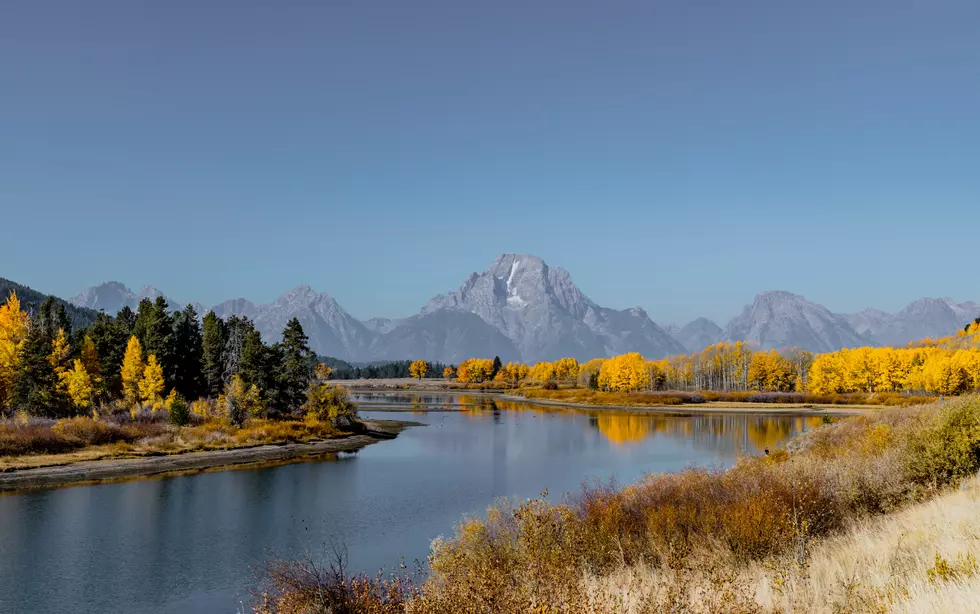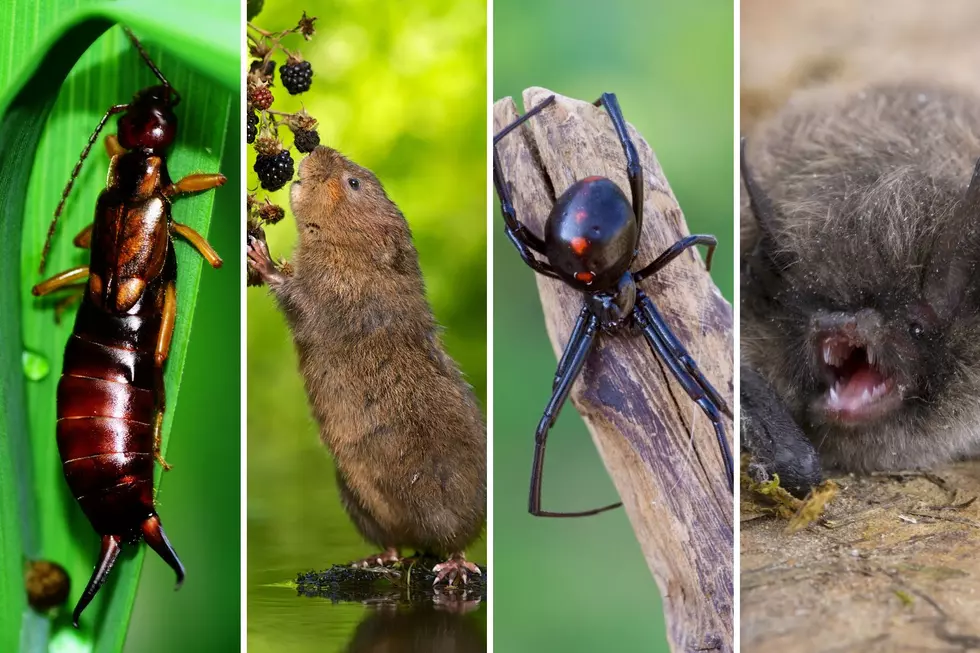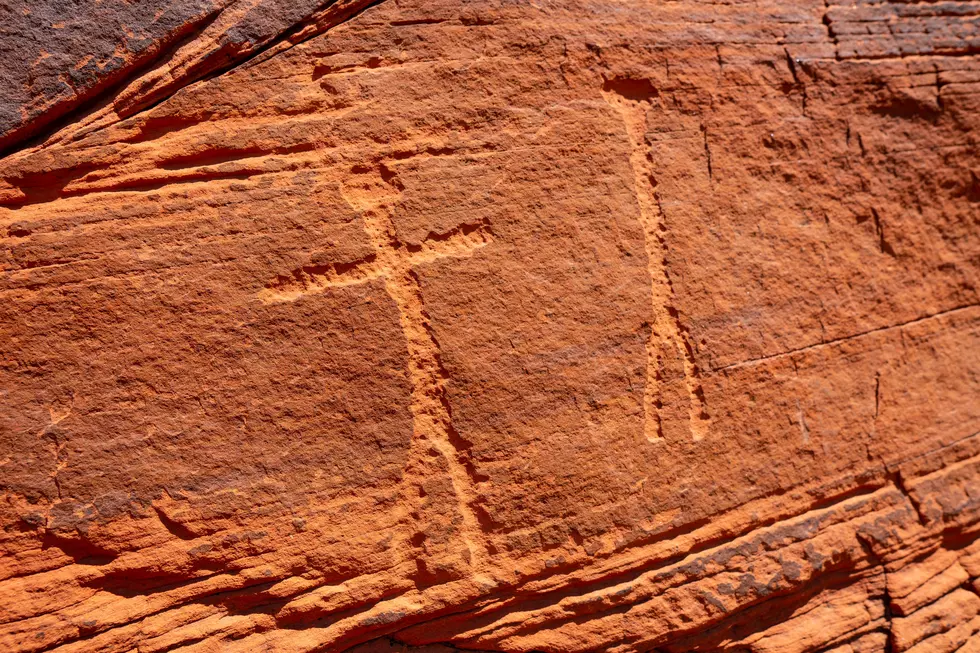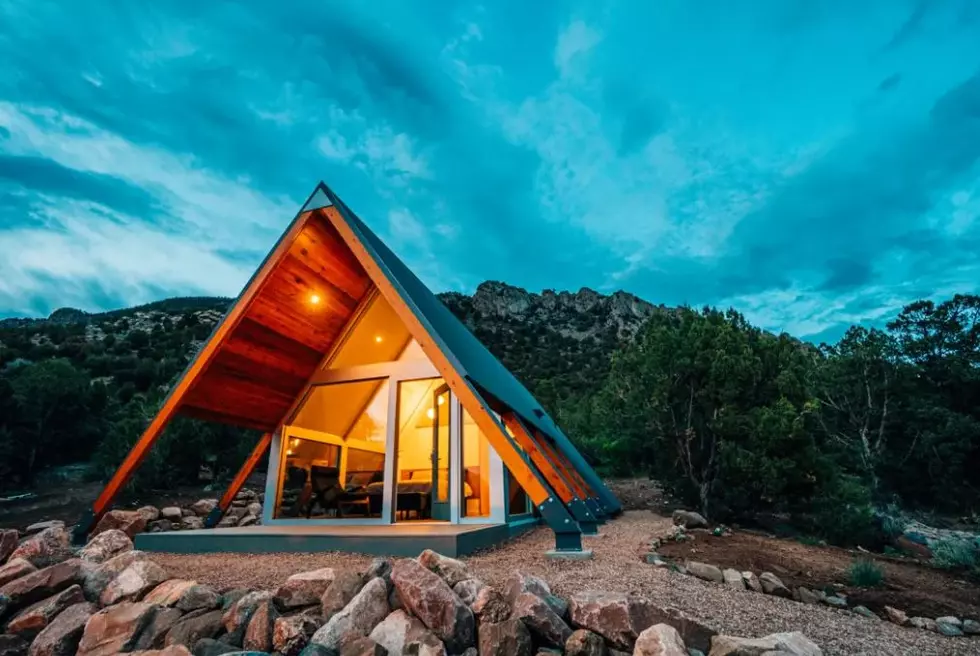
The State of Wyoming Was Almost Named What?
Native Americans and original settlers are responsible for giving names to most of the states in the country. It's easy to tell why certain states were given their names, but others are more of a mystery. And some states almost wound up with completely different names than what we know them to be today.
Wyoming is one of those places.
According to InterestingFacts.com, Wyoming's name is derived from the Delaware Native American word mecheweamiing, which means “large plains.” Another interpretation suggests that the name means "mountains with valleys alternating."
However, Colorado's neighbor to the north could have potentially been called Cheyenne, Yellowstone, Big Horn, or Sweetwater. Some of these names ended up being used for cities later on, but Wyoming stuck as the official name.
America's original Wyoming was actually a valley in Pennsylvania. In 1865, United States representative and Pennsylvania native, James Ashley, suggested the valley's name be used for the new territory being established in the western region of the country. He believed the name would reflect the valleys throughout western America, but made this assumption before actually visiting the area. Once Ashley did make his way out west, he expressed regret about the name choice, claiming that the land was not fertile enough to produce crops or sustain a population.
By the time Ashley actually did travel to America's new territory, the title of Wyoming had already caught on. Settlers in the region were already referring to the land as Wyoming.
Wyoming became a territory in 1868 and finally achieved statehood in 1890. Although alternative names that were more fitting to the area’s people and history were considered leading up to its establishment, the state retained its historical connection with Pennsylvania.
Learn How These Colorado Peaks Got Their Names
More From Power 102.9 NoCo - KARS-FM









